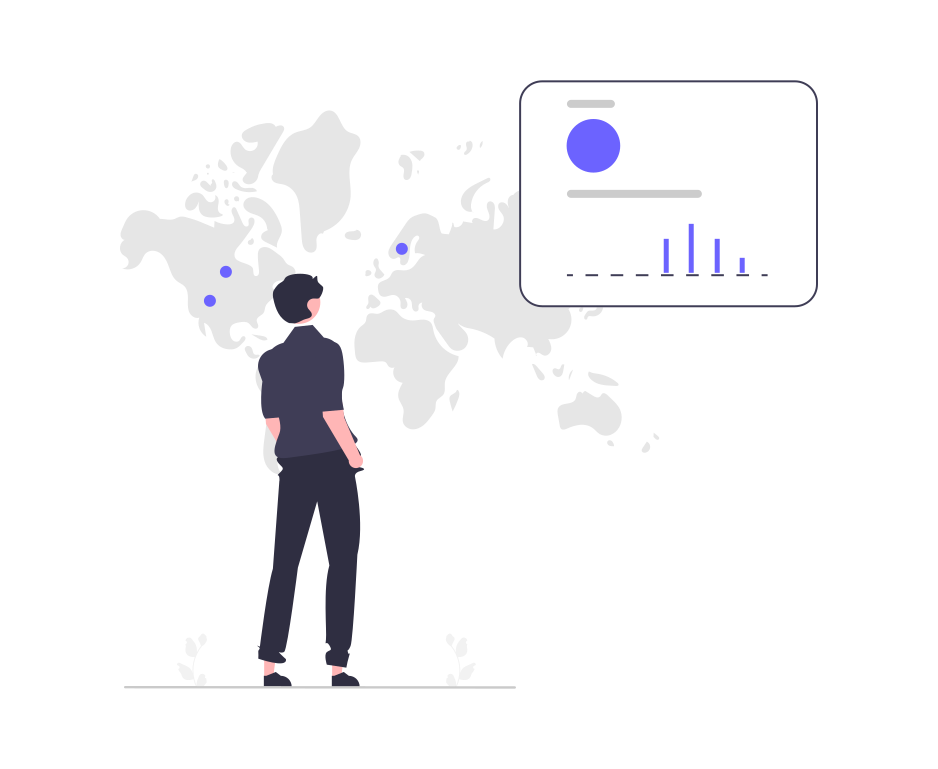In the realm of Account-Based Marketing (ABM), precision and personalization are key to achieving meaningful engagement with target accounts. One powerful method to enhance these aspects is through geographic segmentation. By leveraging geographic data, marketers can identify key accounts more effectively and tailor their strategies to meet the unique needs of different regions. This blog will explore how to utilize geographic segmentation in ABM, the benefits it offers, and practical steps to implement it successfully.
Understanding Geographic Segmentation in ABM
Geographic segmentation involves categorizing your target accounts based on their physical location. This can be as broad as countries and regions or as specific as cities and zip codes. The primary goal is to recognize and act on location-specific trends, preferences, and behaviors that can influence the success of your marketing efforts.
The Importance of Geographic Segmentation
-
Enhanced Personalization: Geographic data allows marketers to craft highly personalized messages that resonate with the local culture, language, and market dynamics of each target account. For example, a marketing campaign tailored for an account in New York City might differ significantly from one designed for a company in rural Texas.
-
Efficient Resource Allocation: By understanding where your high-value accounts are located, you can allocate resources more efficiently. This means focusing your marketing efforts and budget on regions with the highest potential return on investment.
-
Improved Customer Insights: Geographic segmentation provides deeper insights into your customers' needs and behaviors. This information is invaluable for refining your marketing strategies and creating more impactful campaigns.
-
Competitive Advantage: Businesses that utilize geographic segmentation often gain a competitive edge. By understanding and responding to local market conditions faster than competitors, you can establish a stronger presence and build more meaningful relationships with key accounts.
Implementing Geographic Segmentation in ABM
-
Data Collection and Analysis: Start by gathering geographic data on your existing accounts. Use CRM systems, analytics tools, and third-party data providers to collect information on the locations of your current and potential customers. Analyze this data to identify trends and patterns.
-
Segment Your Accounts: Categorize your accounts based on geographic criteria that align with your business goals. This could involve segmenting by country, region, state, city, or even neighborhood. Ensure that your segments are meaningful and actionable.
-
Tailor Your Marketing Strategies: Develop marketing strategies and campaigns tailored to each geographic segment. Consider local languages, cultural nuances, and regional market conditions when creating content and messaging. Use location-based offers and promotions to drive engagement.
-
Leverage Technology: Utilize ABM platforms and tools that support geographic segmentation. Features like advanced visitor identification and AI-powered analytics can help you gain insights and execute campaigns more effectively. For example, Abmatic AI’s comprehensive ABM platform offers capabilities to de-anonymize website visitors and create tailored lists of target accounts.
-
Monitor and Optimize: Continuously monitor the performance of your geographically segmented campaigns. Use analytics to track key metrics and identify areas for improvement. Adjust your strategies based on real-time data to ensure maximum effectiveness.
Challenges and Considerations
While geographic segmentation offers numerous benefits, it’s important to be aware of potential challenges. Data accuracy is critical; inaccurate or outdated location data can lead to ineffective campaigns. Additionally, over-segmentation can dilute your efforts, so ensure that your segments are sizable enough to warrant dedicated resources.
Conclusion
Geographic segmentation is a powerful tool in the ABM arsenal, enabling marketers to identify key accounts with greater precision and tailor their strategies to meet regional needs. By leveraging geographic data, businesses can enhance personalization, allocate resources more efficiently, gain deeper customer insights, and ultimately achieve a competitive advantage. As you implement geographic segmentation in your ABM efforts, remember to continuously monitor and optimize your strategies to ensure ongoing success.


